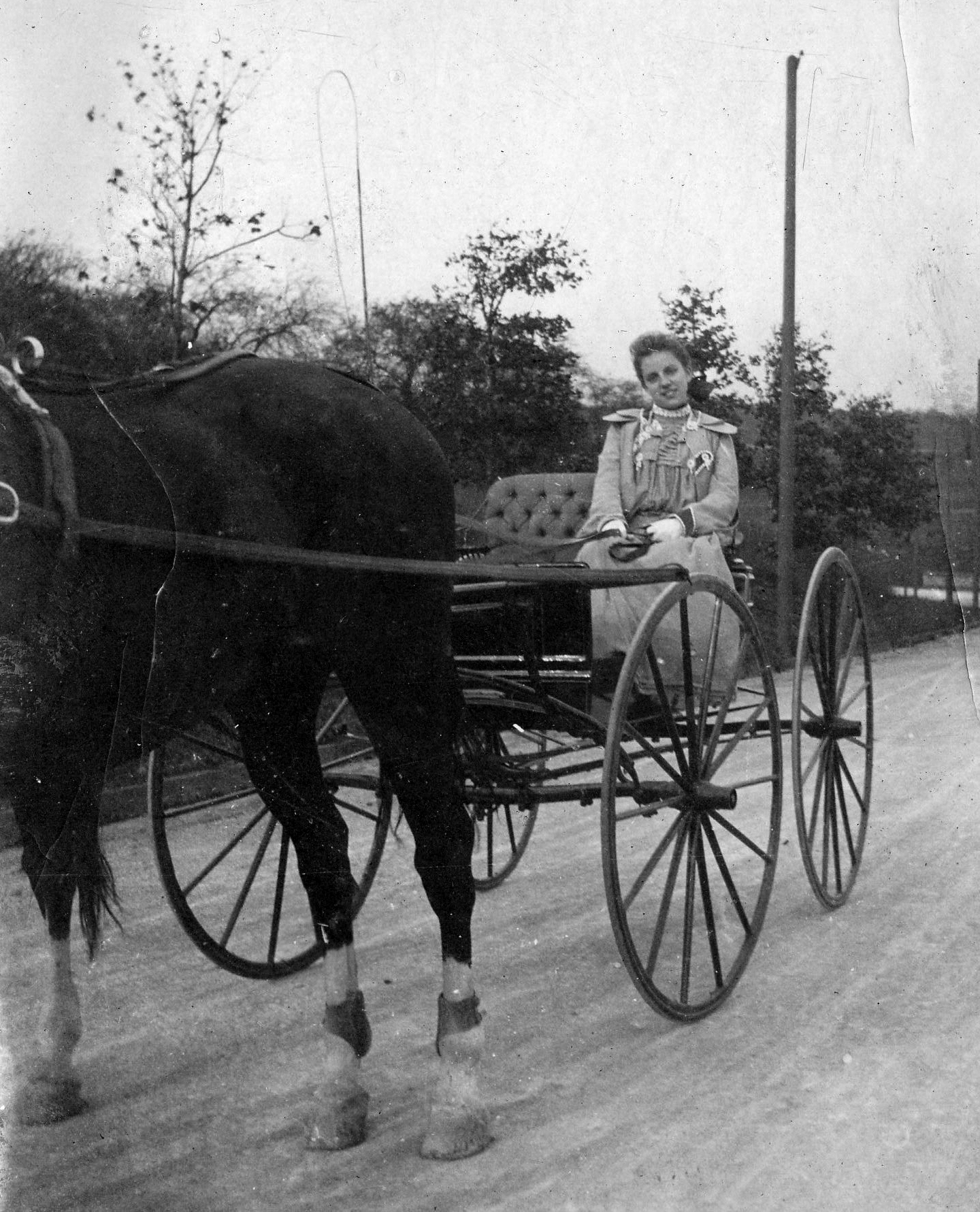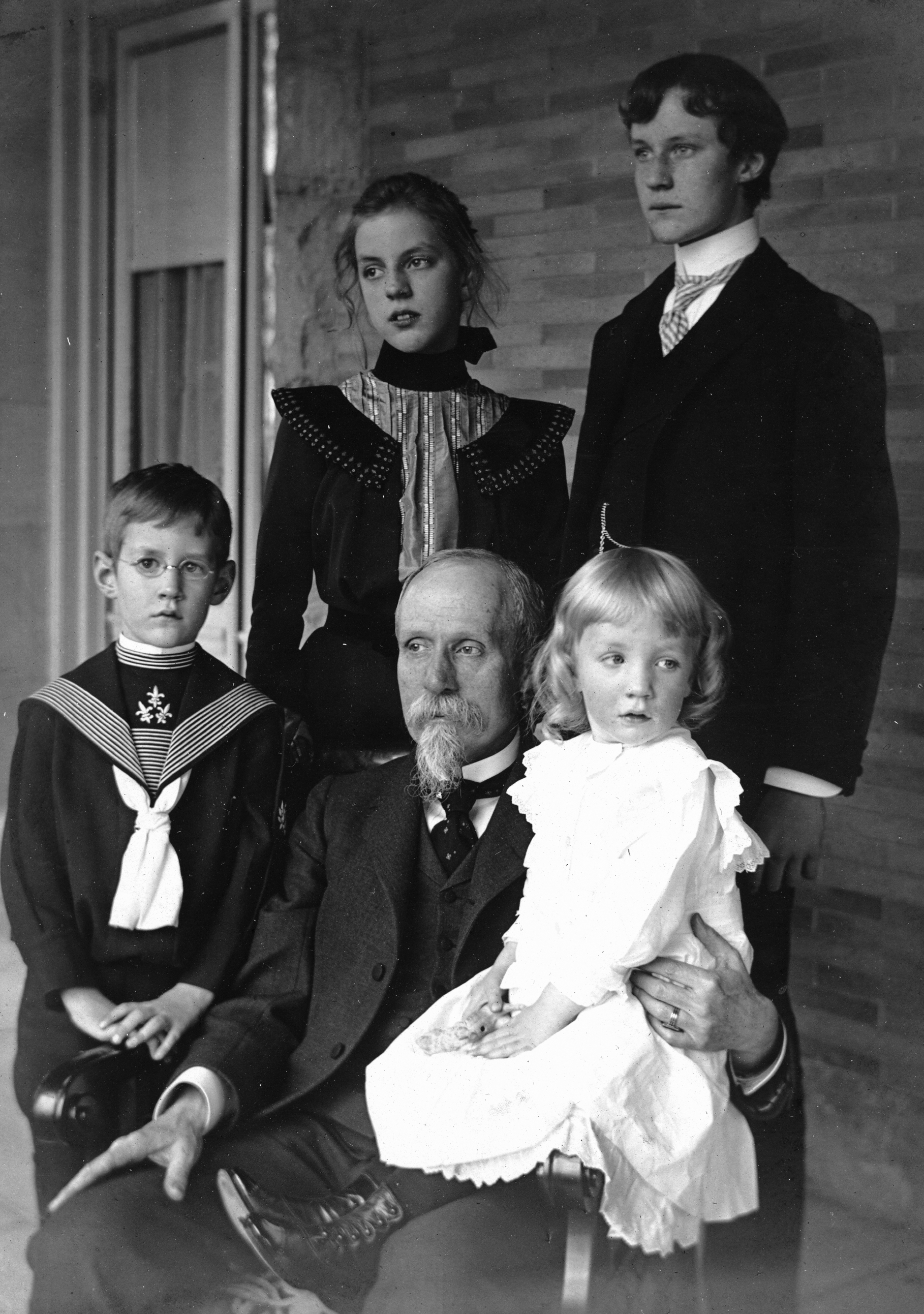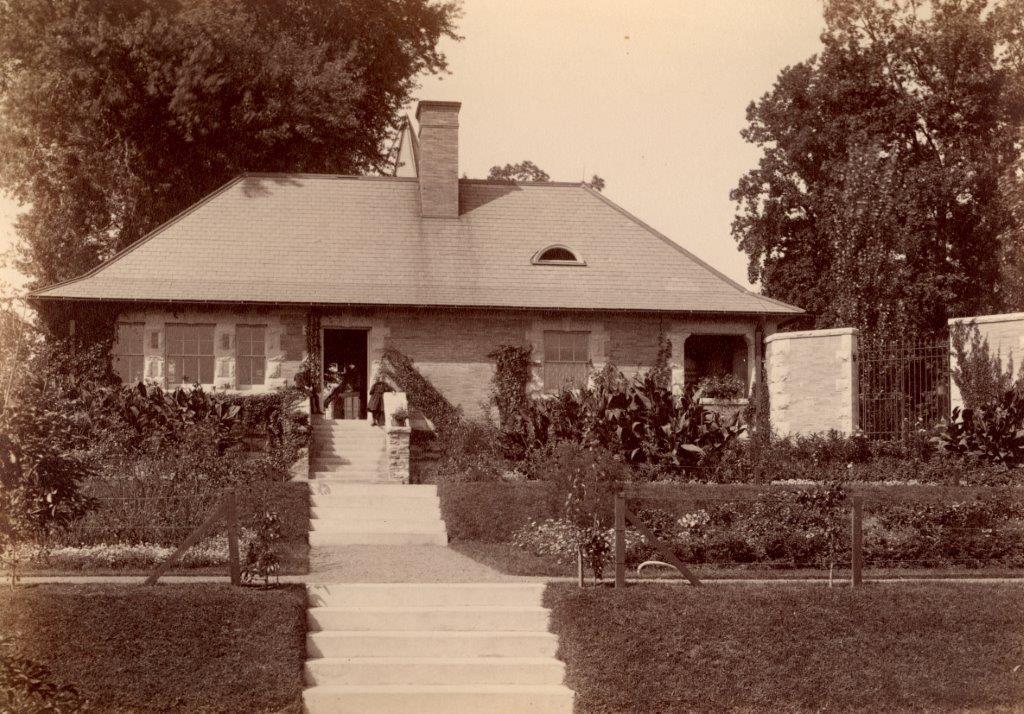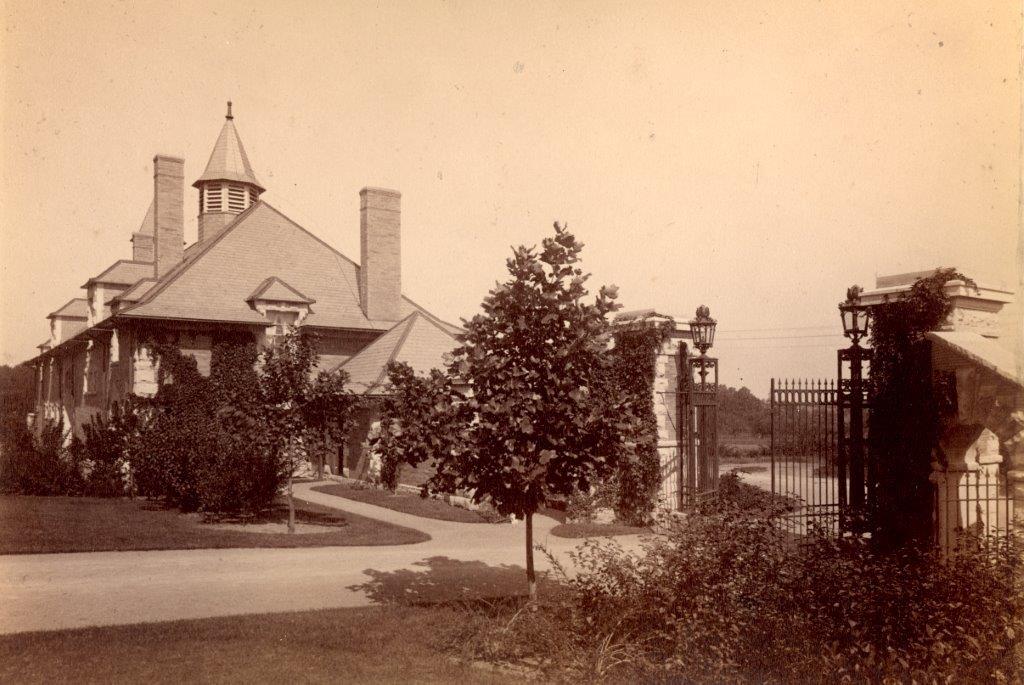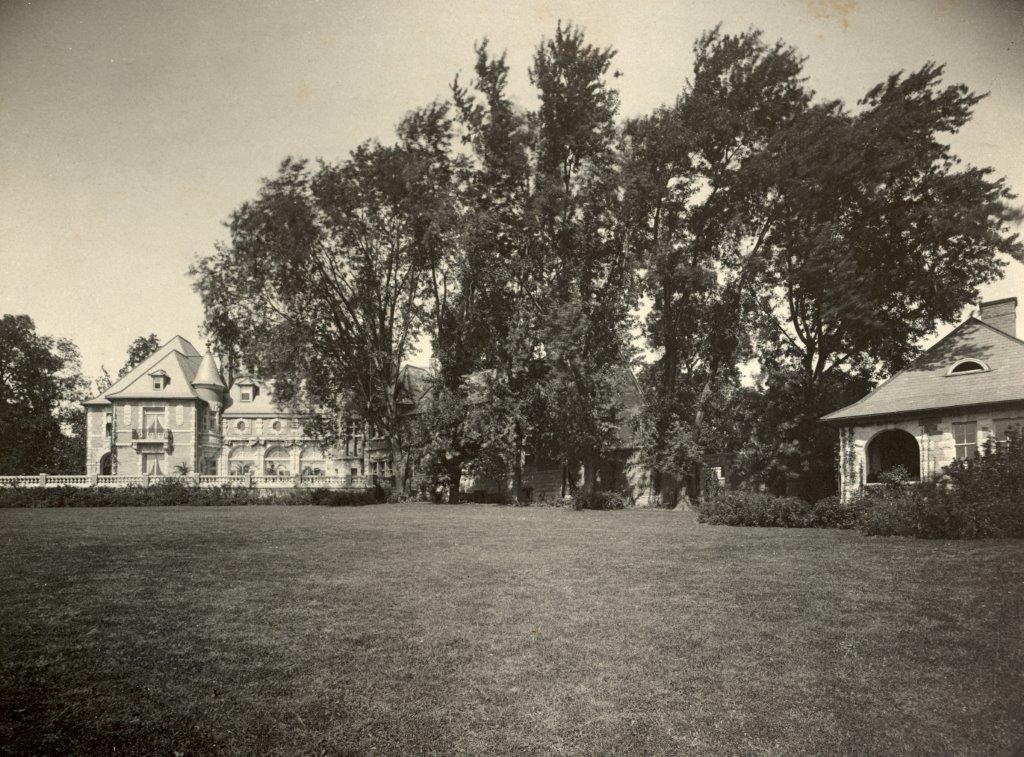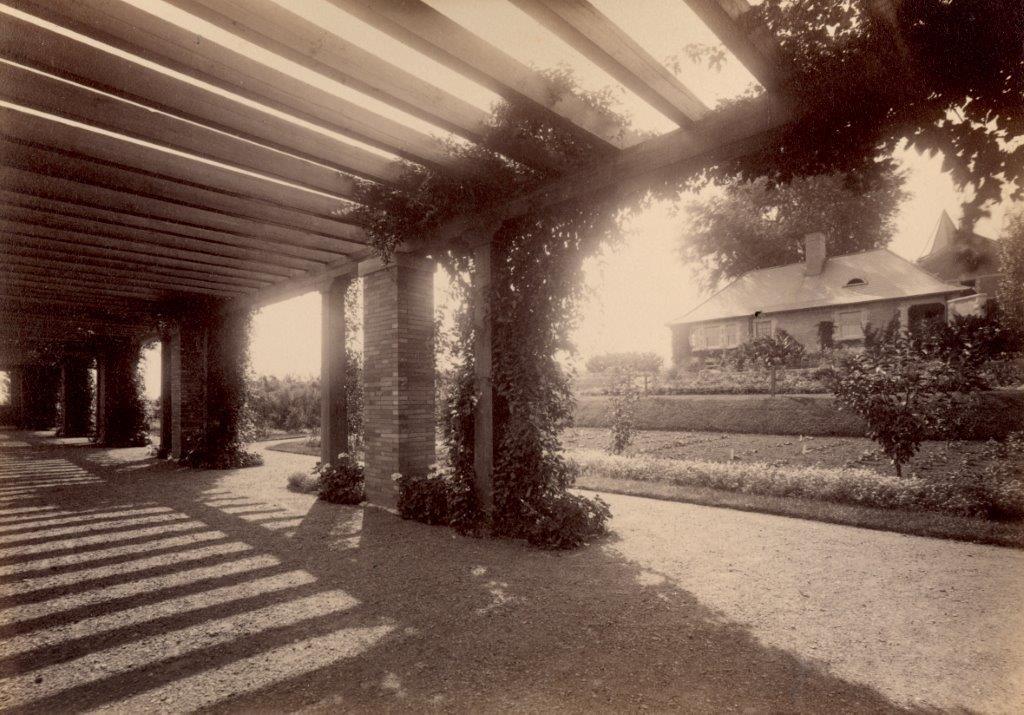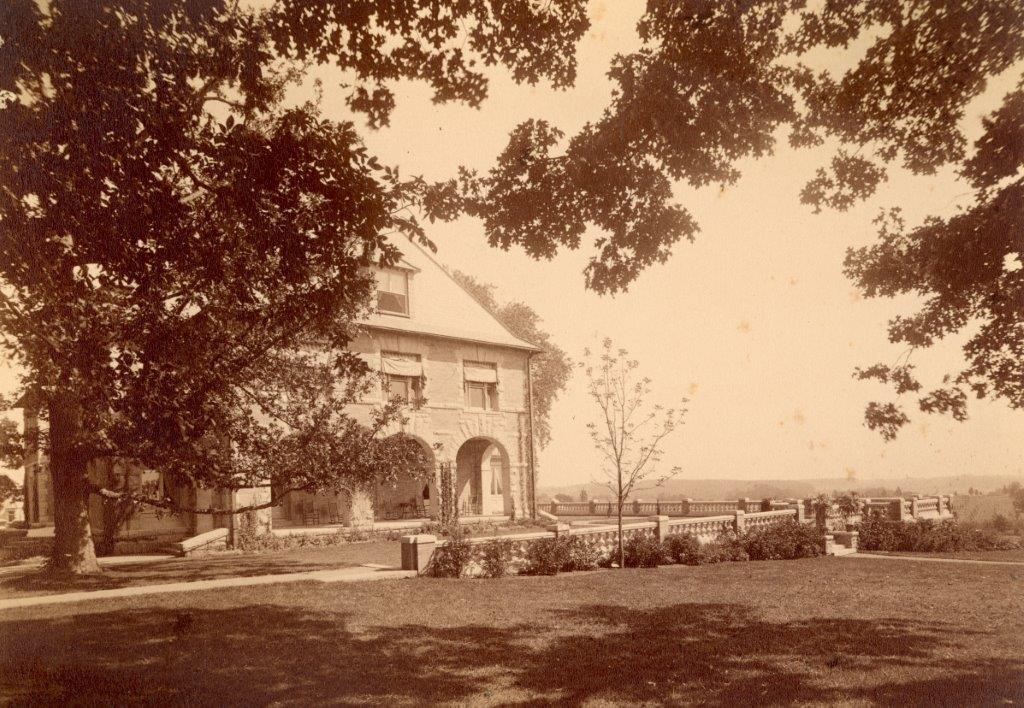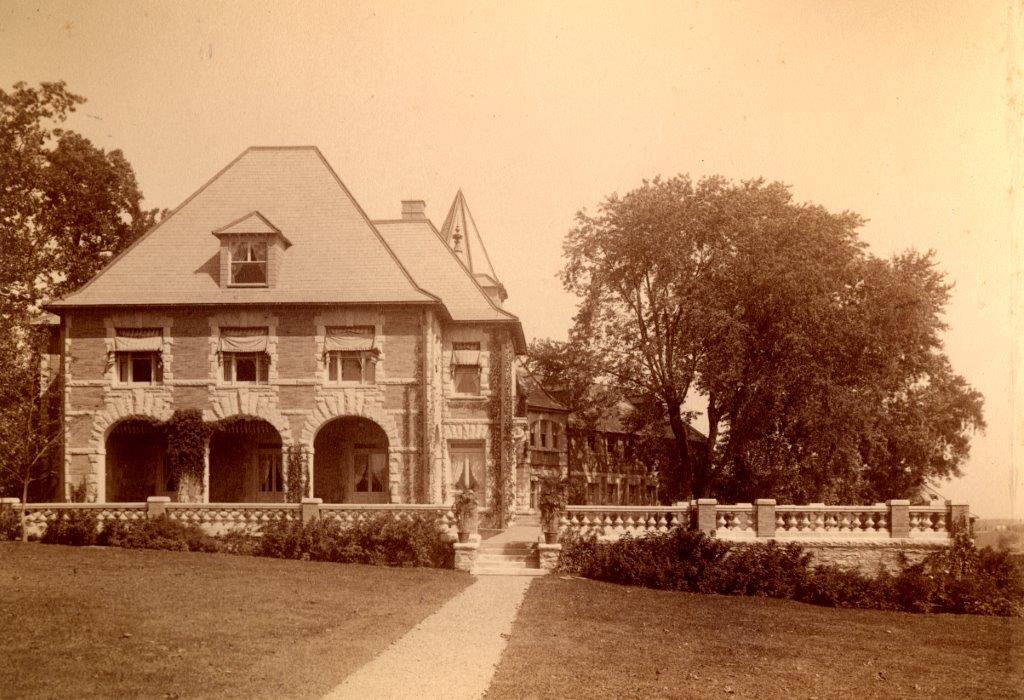John Pitcairn: Uncommon Entrepreneur
Born in Scotland in 1841, John Pitcairn emigrated with his family to Pittsburgh at the age of five. Soon afterward John and the rest of the family were baptized into the New Church. The New Church is a Christian faith founded on the writings of Emanuel Swedenborg, an eighteenth-century Swedish scientist, philosopher, and theologian. Pitcairn attended a New Church Sunday school and sang in the choir with Andrew Carnegie, another Scottish immigrant who was to become, like Pitcairn, a self-made man and captain of industry. On his fourteenth birthday Pitcairn left home and school to earn his own living with a copy of the Bible and Swedenborg’s True Christian Religion in his knapsack.
Beginning his career as a telegraph operator, he worked his way up to the position of Superintendent on a branch of the Pennsylvania Railroad and began investing his savings in Pennsylvania oil, coal, and natural gas. Pitcairn made his fortune during the “oil boom” of the 1870s in oil production and refining as well as the newly developing pipelines. Later in life he became involved in manufacturing and was cofounder of Pittsburgh Plate Glass Company in 1883. He was still serving as the company’s Chairman of the Board when he died in 1916 at the age of 75. Although a highly successful industrialist during an age of “robber barons,” Pitcairn had earned a reputation for fair play and having the highest personal character.
As cofounder of Pittsburgh Plate Glass, John Pitcairn was one of the leading industrialists of his time with business and social contacts that included Andrew Carnegie, John D. Rockefeller, Henry Clay Frick, and Henry Flagler. Often traveling abroad and throughout the United States, Pitcairn met Gertrude Starkey in Philadelphia in 1877. Two years later he asked her to marry him. She gently turned down his proposal. Her hesitation lay in her strong New Church beliefs, particularly its ideal of marriage, which required her to examine the depth and spiritual nature of her feelings for him. Undeterred by her rejection, John Pitcairn persisted in his courtship of Gertrude for four and a half more years before he prevailed and she said yes in the fall of 1883.
John Pitcairn’s considerable fortune allowed him to build Cairnwood Estate in 1895 as a home for Gertrude and their children. Gertrude died just three years after moving into Cairnwood. Heartbroken, John never remarried. When asked why, he responded, “I would no sooner remarry than if Gertrude were standing in the other room.” Among the teachings of the New Church, which the Pitcairns held dear, is the belief that marriage between a man and a woman is a holy covenant with the Lord that can last for eternity.
John Pitcairn remained in Cairnwood until his death in 1916. His eldest son Raymond lived in the Estate with his wife Mildred Glenn Pitcairn, remaining with their nine children until their new home, Glencairn (now Glencairn Museum), was completed in 1939. Following in the footsteps of her parents and grandparents, Gabriele Pitcairn Pendleton moved back into the Estate with her husband Willard Pendleton. Their family reopened Cairnwood’s doors for gatherings in the late 1940s. Upon Mildred’s death in 1979, the Pitcairn family donated Cairnwood Estate and Glencairn to the Academy of the New Church. Cairnwood remained empty for a more than a decade before beginning its transition into the National Historic Landmark it is today. Although modifications were made through the generations, the home has been predominantly restored to its original 1895 appearance. A host of steadfast employees and volunteers continue to work to preserve Cairnwood Estate for the enjoyment of future generations.



